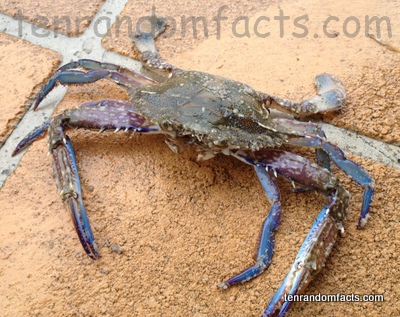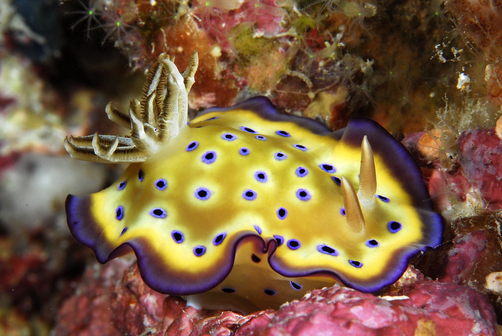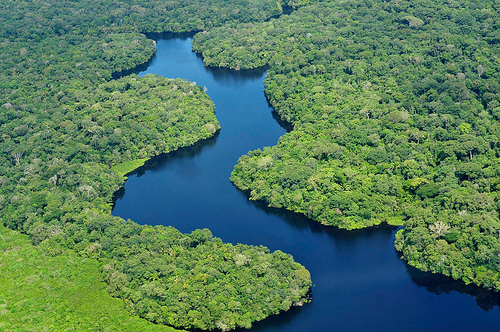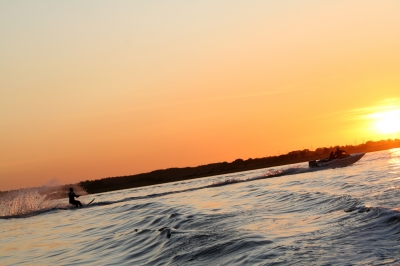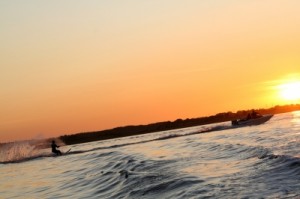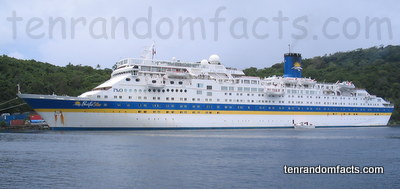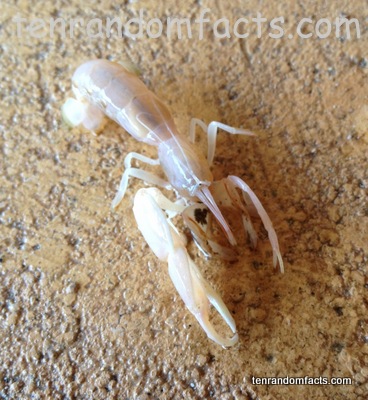
Dig, dig, dig. Dig, dig, dig…
- Ghost shrimps are also called marine yabbies, pink nippers, burrowing shrimps, ghost nippers, nippers, yabbies and Australian ghost shrimps.
- Ghost shrimps are often used as bait for fishing and are collected by using yabby pumps.
- The ghost shrimp’s scientific name is Trypaea australiensis, and is also known as Callianassa australiensis, and they are from the family of crustaceans.
- Ghost shrimps live in flat sandy or muddy areas which are covered by tidal salt waters.
- Ghost shrimps eat very small organic matter and plankton.
- Ghost shrimps live approximately 60 cm (2 feet) below the surface and create tunnels underground which generally contain water.
- Ghost shrimps grow up to 7.5cm (3 inches) long, and have soft, flexible bodies, that are almost transparent.
- Ghost shrimps have a large claw that sometimes grows up to half the size of itself, and the male’s claw is often larger than the female’s.
- One ghost shrimp may have multiple surface entrances to its main tunnel.
- The Australian ghost shrimps are native to the eastern coast of Australia.




